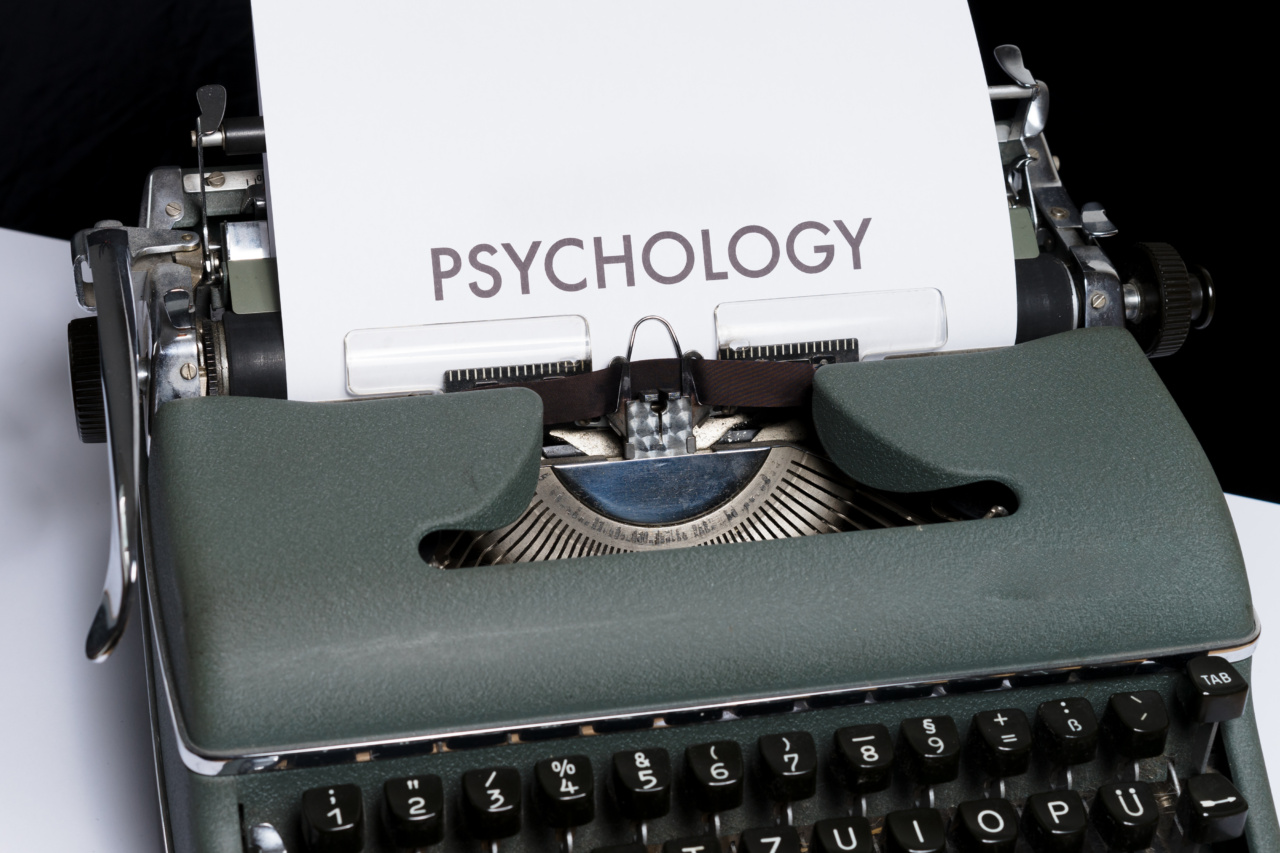Cerebral infarction, also known as ischemic stroke, is a type of stroke that occurs when the blood flow to the brain is interrupted or reduced, resulting in damage to brain tissue.
This condition can have severe consequences and requires prompt medical attention. In this article, we will explore the causes, symptoms, and treatment options for cerebral infarction.
Causes of Cerebral Infarction
There are several causes of cerebral infarction, all of which result in the inadequate supply of blood to the brain. The most common cause is a blockage in one of the arteries leading to the brain.
This blockage is typically caused by a blood clot, which can form in the blood vessels of the brain or travel from other parts of the body, such as the heart or neck arteries. Other causes of cerebral infarction include:.
1. Atherosclerosis: The buildup of fatty deposits (plaques) in the artery walls can narrow the blood vessels and impede blood flow to the brain.
2. Cardioembolism: Blood clots can form in the heart, most commonly due to atrial fibrillation, and then travel to the brain, causing a blockage in the cerebral arteries.
3. Small vessel disease: The tiny blood vessels in the brain can become damaged or blocked, leading to cerebral infarction.
4. Vasculitis: Inflammation of the blood vessels can restrict blood flow to the brain and cause infarction.
5. Other risk factors: High blood pressure, diabetes, smoking, obesity, and a sedentary lifestyle can all contribute to the development of cerebral infarction.
Symptoms of Cerebral Infarction
The symptoms of cerebral infarction can vary depending on the area of the brain affected and the extent of the damage. Common symptoms include:.
1. Sudden weakness or numbness on one side of the body, often affecting the face, arm, or leg.
2. Difficulty speaking or understanding others.
3. Confusion, dizziness, or a sudden loss of coordination.
4. Severe headache without a known cause.
5. Vision problems, such as blurred or double vision.
It is important to note that these symptoms typically occur suddenly and require immediate medical attention. Acting fast can greatly improve the chances of a positive outcome and minimize the long-term effects of cerebral infarction.
Diagnosis and Treatment
When a patient with suspected cerebral infarction arrives at the hospital, doctors will conduct a series of tests to confirm the diagnosis and determine the appropriate treatment options. These may include:.
1. Physical examination: A doctor will assess the patient’s symptoms, perform a neurological examination, and check vital signs.
2. Imaging tests: CT scans or MRI scans can provide detailed images of the brain, helping identify the location and extent of the infarction.
3. Blood tests: These can help determine the underlying cause of the infarction, such as high cholesterol levels or blood clotting disorders.
4. Electrocardiogram (ECG): This test can identify abnormal heart rhythms (such as atrial fibrillation) that could lead to blood clots and cerebral infarction.
Once a diagnosis is confirmed, the treatment plan for cerebral infarction may include:.
1. Clot-dissolving medication: Medications such as tissue plasminogen activator (tPA) can be administered intravenously to dissolve blood clots and restore blood flow.
2. Mechanical thrombectomy: In some cases, a surgeon may use specialized tools to physically remove the clot causing the infarction, restoring blood flow to the brain.
3. Medications to prevent future strokes: Depending on the underlying cause, the patient may be prescribed medications to manage blood pressure, control blood sugar levels, or prevent blood clot formation.
4. Rehabilitation: After the initial treatment, patients may undergo physical, occupational, and speech therapy to regain lost skills and improve overall functioning.
Prevention and Outlook
Preventing cerebral infarction requires adopting a healthy lifestyle and managing specific risk factors. Some preventive measures include:.
1. Maintaining a healthy blood pressure range and managing chronic conditions such as diabetes.
2. Engaging in regular physical activity and maintaining a balanced diet to control weight and reduce cholesterol levels.
3. Not smoking or quitting smoking.
4. Managing stress levels and seeking treatment for conditions such as sleep apnea or heart arrhythmias.
While the effects of cerebral infarction can be devastating, prompt medical intervention and ongoing rehabilitation can greatly improve a patient’s outlook.
However, the overall prognosis depends on the location and extent of brain damage, as well as the individual’s overall health and ability to access proper care.































